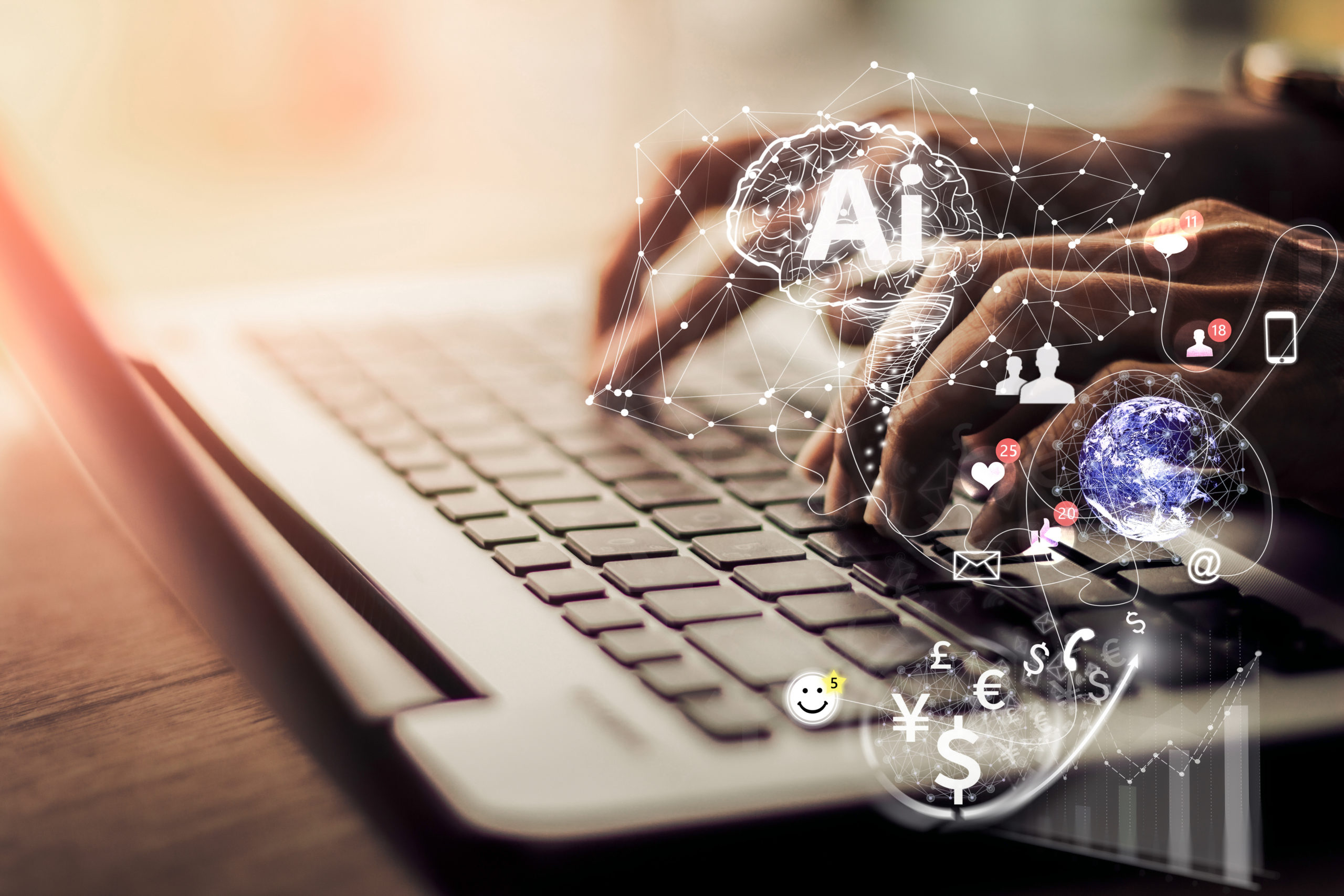Machine translation: How to make it work for you
If you’re planning an international marketing campaign to support an expansion into new global territories, make sure you have a clear idea of how you want to use machine translation, its advantages and its limitations.
When machine translation can be helpful
Machine translation can be beneficial if you have a large amount of simple text that requires direct translation from the source into your target language.
If the information you need to convert from one language into another contains frequent repetition of particular words and sentences, artificial intelligence can do the job in an instant. This reduces the time and cost you have to dedicate to straightforward translation and frees up the human specialists on your team to concentrate on tasks that deliver more value.
These efficiencies are likely to be particularly attractive when you’re investing in an overseas expansion and you need to ensure your available budget and resources are being put to the best possible use.
But it’s also important to recognise that quicker and cheaper doesn’t always mean better. In fact, when you’re involved in an endeavour that involves a lot of nuance and complexity, such as communicating with multiple international audiences, using machine translation to save time and money could prove to be a false economy.
AI is advancing and improving all the time, but there are still many things it can’t do, and areas where it simply can’t compete with human knowledge and expertise. With our core value of “Always Teaching, Always Learning”, we continually appraise machine translation technology to advise our clients of the most fit-for-purpose solution for their language requirements.
The limitations of machine translation
The shortcomings of machine translation become particularly evident when you need to communicate in a way that elicits an emotional response. If you’re hoping to build strong relationships and earn engagement with your target audience through carefully composed marketing messages, tools that rely on machine learning and AI won’t be the best solution.
A human expert with deep knowledge of the culture and history of the destinations you’re targeting, on the other hand, can help you find the right tone of voice for your brand and your audience. Localisation specialists can also advise you on cultural norms and nuances that will influence how your content is received.
On a purely technical level, machine translation can be prone to errors in grammar and syntax, which can reflect badly on your brand. It can also fall short in providing understandable translations of colloquialisms or popular sayings.
Furthermore, using AI to translate content relies on the existence of a significant body of material for the machine to analyse and learn from. This isn’t a big issue for languages like French, German and Spanish, but there are thousands of other languages spoken by millions of people that can be more problematic for an AI-based translation system.
What’s beyond any doubt is that a high level of human input is still required to get the best out of machine translation, particularly where marketing and brand communications are concerned.
Locaria surveyed 150 professional linguists for our recent whitepaper AI, Machine Translation and the Future of Language, all of whom were in agreement on one point: these tools will never fully replace humans.
Keeping costs under control
If you’re looking for the most effective and productive way to incorporate machine translation into your global marketing, a key factor to consider is how much you’re likely to save by taking this approach, compared to the level of overall investment required to get the best results from it.
Automated technologies can help you save time and money, but to maintain quality in your marketing and protect your brand, machine translation needs to be combined with human-led processes such as:
- File preparation
- Fact and sense checks by a human translator
- Quality assurance
- Final delivery
It’s important to bear this in mind when evaluating the potential cost savings of machine translation. Be realistic about how much you’re likely to benefit from taking this approach, and whether you’re willing to accept a potential drop in quality if there is limited human involvement in the end-to-end process.
Machine translation is undeniably a powerful tool, and one that will become more relevant and adaptable to a range of business uses in the coming years. But it’s also a solution that should be viewed and evaluated as part of a wider range of marketing methodologies, and applied in a way that meets the needs of your business.
To learn more about this subject, as well as other topics including different pricing models for language services and how to prioritize quality in your content creation, download Locaria’s Procurement Guide to Global Content Purchasing.

Synopsis by Gunilla Huddleston



